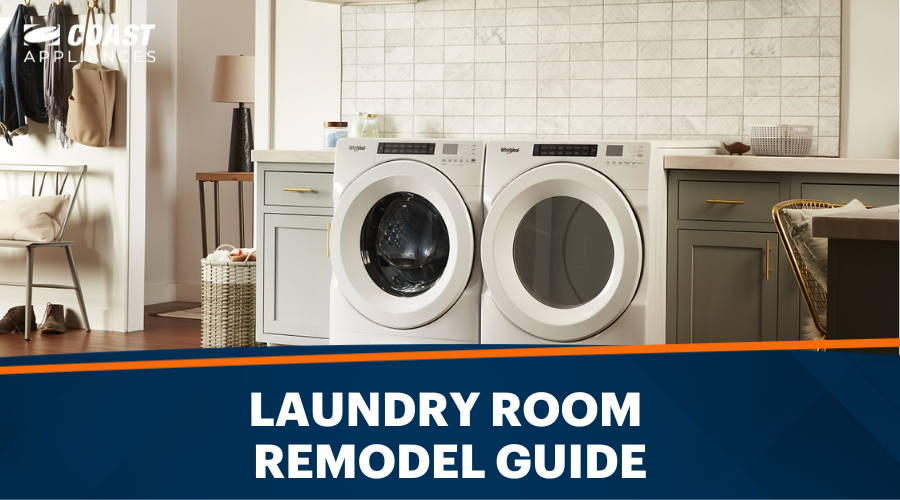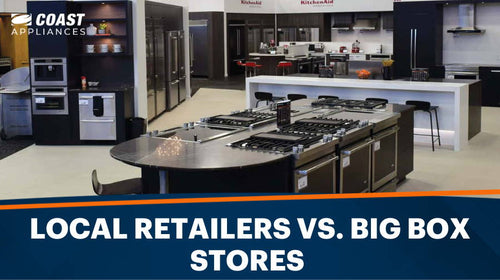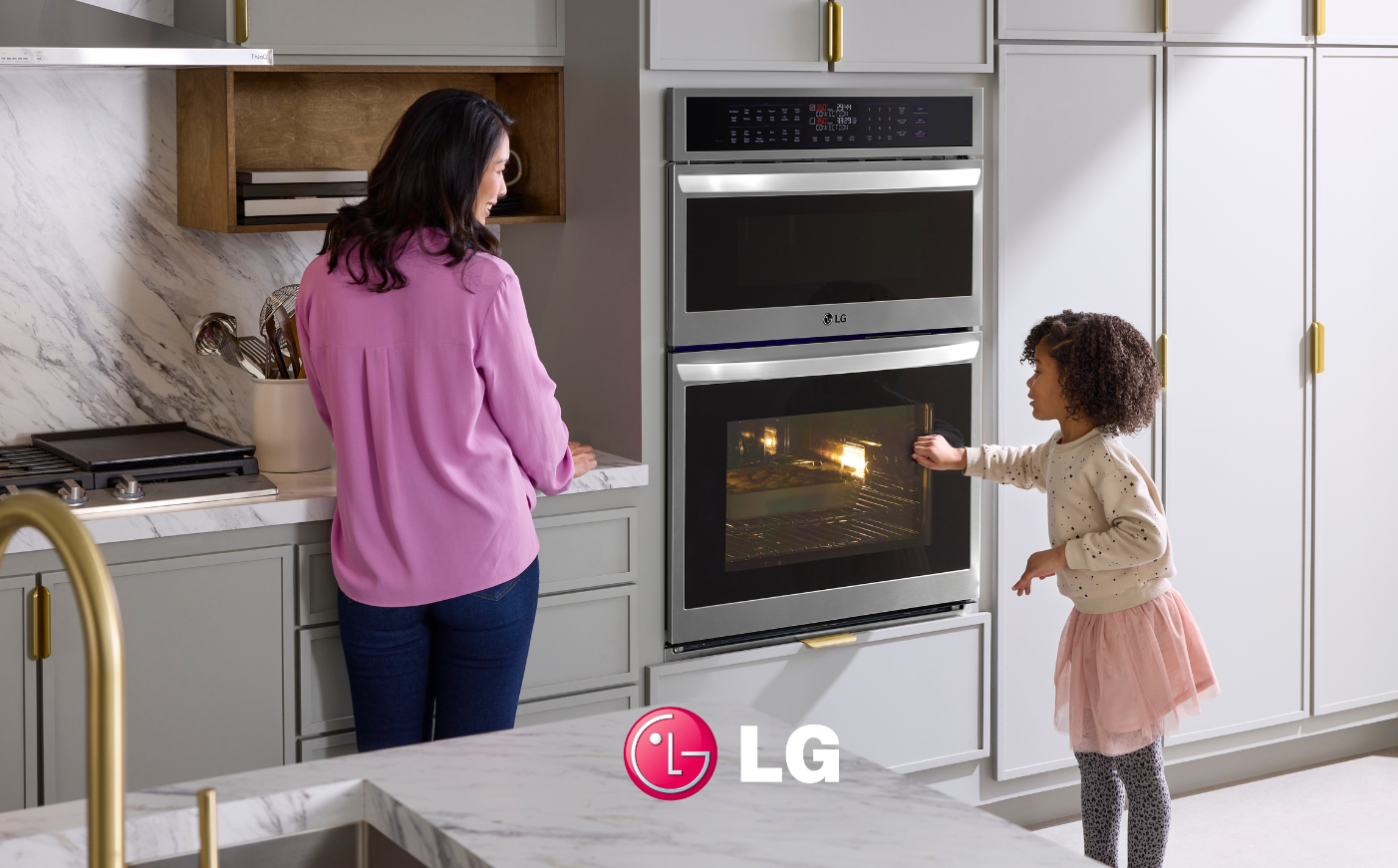Dream of a laundry room that turns a chore day into a joy? It starts with the right appliances. Dive into Coast Appliance’s selection for that magic mix of style and efficiency, setting the stage for everything from smart layouts to chic designs. From there, every other piece of the puzzle, from layout optimization to design choices, falls seamlessly into place.
Assessing Your Laundry Room Needs and Planning
Evaluate the Existing Space
Take Stock: Before you start dreaming up your ideal laundry room, take a good, hard look at the space you have. Measure the dimensions, note where doors and windows are, and consider any structural obstacles like plumbing or electrical systems. For a mom with young kids, it might mean finding room for a high-capacity washer and dryer, while Grandma might prioritize easy access and comfort. Jot down your must-haves and nice-to-haves, considering everything from sorting bins to ironing space.
Define Your Goals
Vision for the Space: With your current space’s limitations and potential in mind, it’s time to define what you want to achieve with the remodel. Do you want to increase storage, improve workflow, or simply make the space more pleasant? Your goals should reflect your lifestyle and the needs of those using the laundry room the most.
Budget Planning
Set Your Limits: Now, the practical part—how much are you willing to spend? Remodels can quickly become expensive, so setting a budget early is essential. If necessary, factor in the costs of new appliances, cabinetry, plumbing, and electrical work. Don’t forget to set aside a contingency fund for unexpected expenses. Shop around for materials and quotes from contractors to get the best deals. Efficiency upgrades might have a higher upfront cost but can save money in the long run.
Laundry Room Design and Layout
Think Efficiently: The layout should allow you to easily move from task to task.
● Consider placing your washer and dryer side by side to save space and provide a surface for folding clothes.
● Incorporate a small sink nearby for hand-washing and a designated area for sorting dirty laundry to streamline the process.
● Consider fold-down tables for folding clothes and adjustable shelving for different family members.
● Think outside the box with pull-out laundry hampers, wall-mounted drying racks, and over-the-door organizers to utilize every inch of space efficiently.
● Consider your laundry habits and space limitations when selecting appliances. Don’t forget to check for features like steam functions and quick wash settings that can make laundry day a breeze.
Laundry Room Flooring and Lighting
Foundation Matters: Opt for durable, water-resistant flooring like vinyl or ceramic tiles. Modern options like waterproof laminate or luxury vinyl planks also offer the look of wood without the susceptibility to water damage, making them practical yet stylish choices for any laundry space.
For lighting, consider using sheer window treatments to let the sunshine in while preserving privacy. Brighten the area with plenty of overhead and task lighting, making it easier to spot stains and read care labels. LED lights are energy-efficient and provide excellent visibility.
Laundry Room Plumbing and Ventilation Considerations
Keep It Flowing and Fresh: Ensure your plumbing can handle your washer’s demands.
● If you plan to upgrade your appliances, now is the time to check.
● Proper ventilation is vital to prevent mold and ensure the longevity of your machines. A vent directly outside will keep the air in your laundry room fresh.
● Look for energy-efficient models that effectively expel moist air outside, keeping your laundry room dry and fresh.
● Regular maintenance of vents and filters is also important to ensure they remain clear and fully functional.
DIY Renovation vs. Professional Help
Know Your Limits: If you’re handy, you might want to tackle some tasks yourself. Examples:
● Painting Walls and Cabinets: Choose moisture-resistant paint for durability in the laundry room environment.
● Installing Shelving and Storage Solutions: Floating shelves, cabinets, and storage units that don’t require complex tools can be managed without professional help.
● Upgrading Hardware: Replacing knobs, pulls, and handles on cabinets and doors can be a simple yet impactful DIY project.
● Applying a Backsplash: Peel-and-stick backsplashes are user-friendly options that can add style and water protection behind your sink or washer.
● Organizational Systems: Installing wall-mounted racks, hooks, or a pegboard for hanging items can be a straightforward task to enhance organization.
If you are interested in learning more, we’ve helped content creator Megan Jacklin with her DIY Laundry renovation project, all documented to help you get inspired and plan all details.
When to Hire a Professional
● Electrical Work: Hire a certified electrician for new lighting fixtures or outlets to ensure safety and adherence to local codes.
● Plumbing Changes: If you’re adding a sink, moving a washer, or changing pipes, a professional plumber can ensure everything is installed correctly and leak-free.
● Flooring Installation: While some flooring might be DIY-friendly, materials like ceramic tile or, if you need to level the floor first, require professional skills.
● Ventilation Systems: Installing or upgrading ventilation, especially ductwork leading outside, should be handled by experts to ensure efficiency and safety.
● Structural Alterations: Any changes to the structure of your home, like knocking down walls or adding windows, need professional assessment and execution to ensure the integrity of your home is maintained.
Cost-Saving Tips and Efficiency Upgrades
Savvy Spending: Compare appliance prices and look for energy-efficient models that save water and electricity. Consider refurbished machines or buying during sales. Minor upgrades like a heat pump dryer can significantly reduce energy use, and dual-purpose spaces (think laundry room slash mudroom) can maximize utility without expanding square footage.
Wrapping Up
Whether you’re juggling the dynamic demands of a family or cherishing the tranquility of your home, remodeling your laundry room can significantly enhance your daily routine. Now that you have the know-how to start your project, why not explore Coast Appliances’ selection of premium laundry appliances? Their range is designed to meet the needs of every household, ensuring your newly remodeled space is beautiful and equipped with the best tools to make laundry day a breeze.
Laundry Room Remodel FAQs
When remodeling a laundry room, what comes first?
First, assess your needs and plan the layout. Evaluate the space, determine your must-haves, and create a detailed design before starting any construction or purchasing materials.
How long does a laundry room remodel take?
The timeline varies based on the scope of your project. A simple refresh can take a weekend, while a complete remodel with plumbing and electrical changes might take 4–6 weeks. Planning, ordering materials, and hiring professionals can also affect the overall timeline.
Should I hire a contractor for my laundry room remodel?
Hiring a contractor for extensive remodels involving plumbing, electrical work, or structural changes is advisable. Consider DIY if you’re comfortable with minor updates, like painting or replacing fixtures.
What should be included in my laundry room remodel budget?
Your budget should cover all aspects of the remodel, including materials, appliances, labor, permits, and a contingency fund for unexpected expenses. Don’t forget to factor in flooring, lighting, ventilation, and storage costs.
Can I repurpose existing appliances, or is it better to invest in new ones?
Consider the age, efficiency, and condition of your current appliances. Repurposing them can save money if they’re relatively new and in good condition. Investing in new, energy-efficient models can offer long-term savings on utility bills and improve your laundry room’s functionality.














